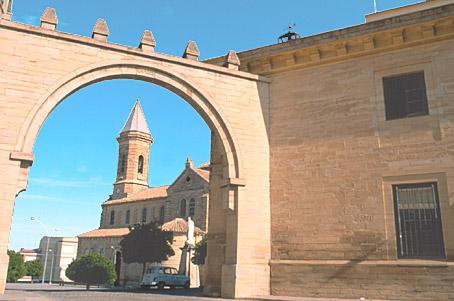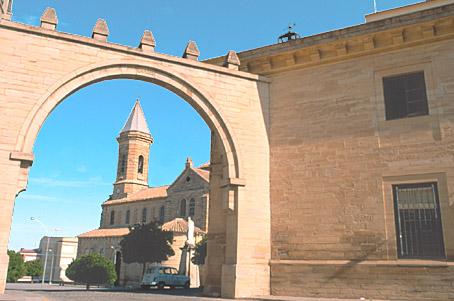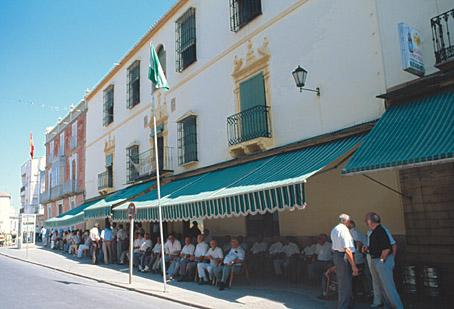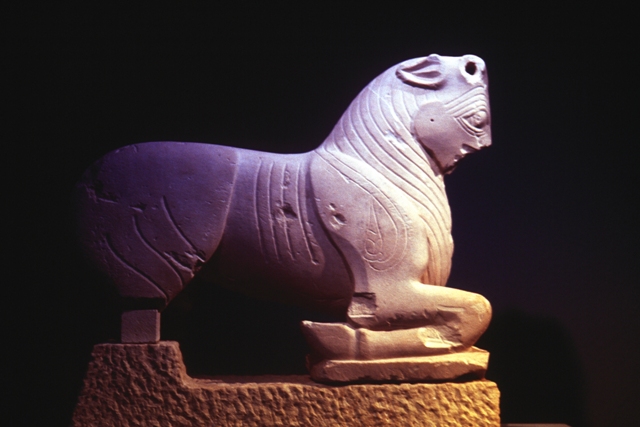Porcuna

This interesting village, surrounded by olive trees, is situated to the west of the province, near the limit with Córdoba. It is considered among the richest in archaeological sites; within its district, many important findings have been made, such as an Iberian bull.
It also boasts other monuments such as the Roman bridge over the Salado River, the Tower of Boabdil , the Church of Nuestra Señora de la Asunción and the Stone House (Casa de Piedra).
History
According to Strabo, the village"s original settlers were the Tartessians and the village received the name of Nelia.The Phoenicians strengthened the village"s defences.
In Iberian times it was called Obulco, and was an agricultural and trading village. Its importance is shown by the fact that they minted their own coins, with an ear of corn as a symbol of the village"s activity.
In the year 38 B.C., during the Roman period, Julius Caesar prepares his army in this village for the famous battle of Munda.
During the al-Andalus period it was called Bolcuna.
King Fernando III reconquered the village in 1238. It received its present name after the conquest. The village was given to the Order of Calatrava, to be defended and repopulated.
During the War of Independence, General Castaños had his headquarters in the village while preparing the Battle of Bailén.
Eminent citizens
Juan del Valle y Caviedes, poet and philosopher.
María Bellido, famous heroine in the Battle of Bailén.

- Max 9
- Min 7
- Max 48
- Min 44
- °C
- °F









